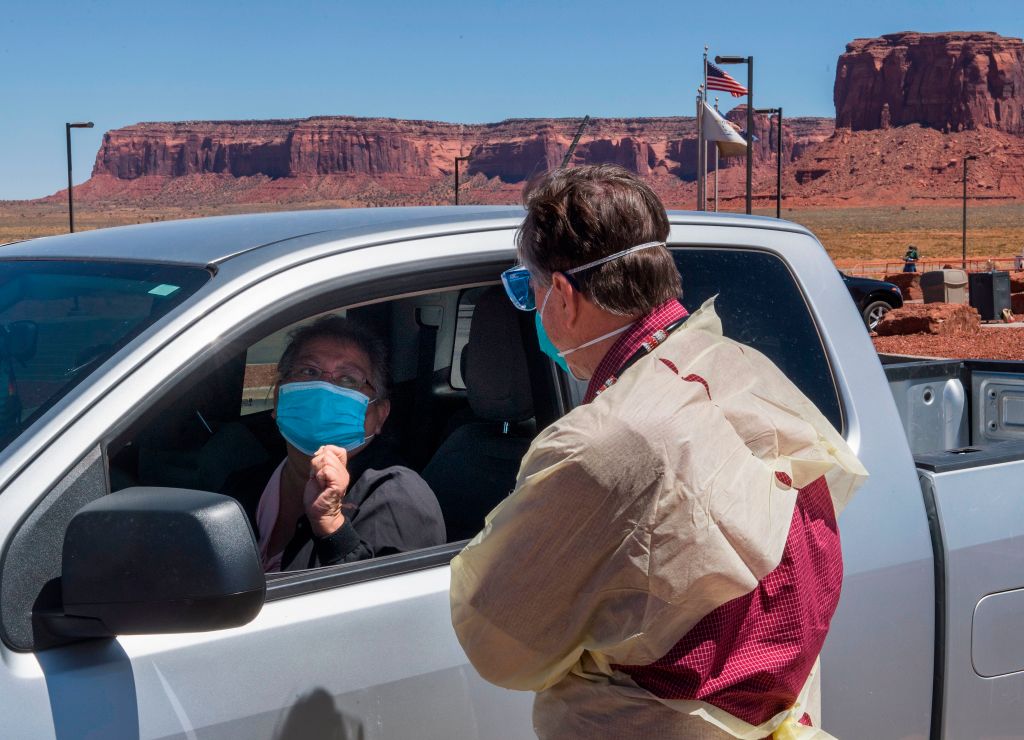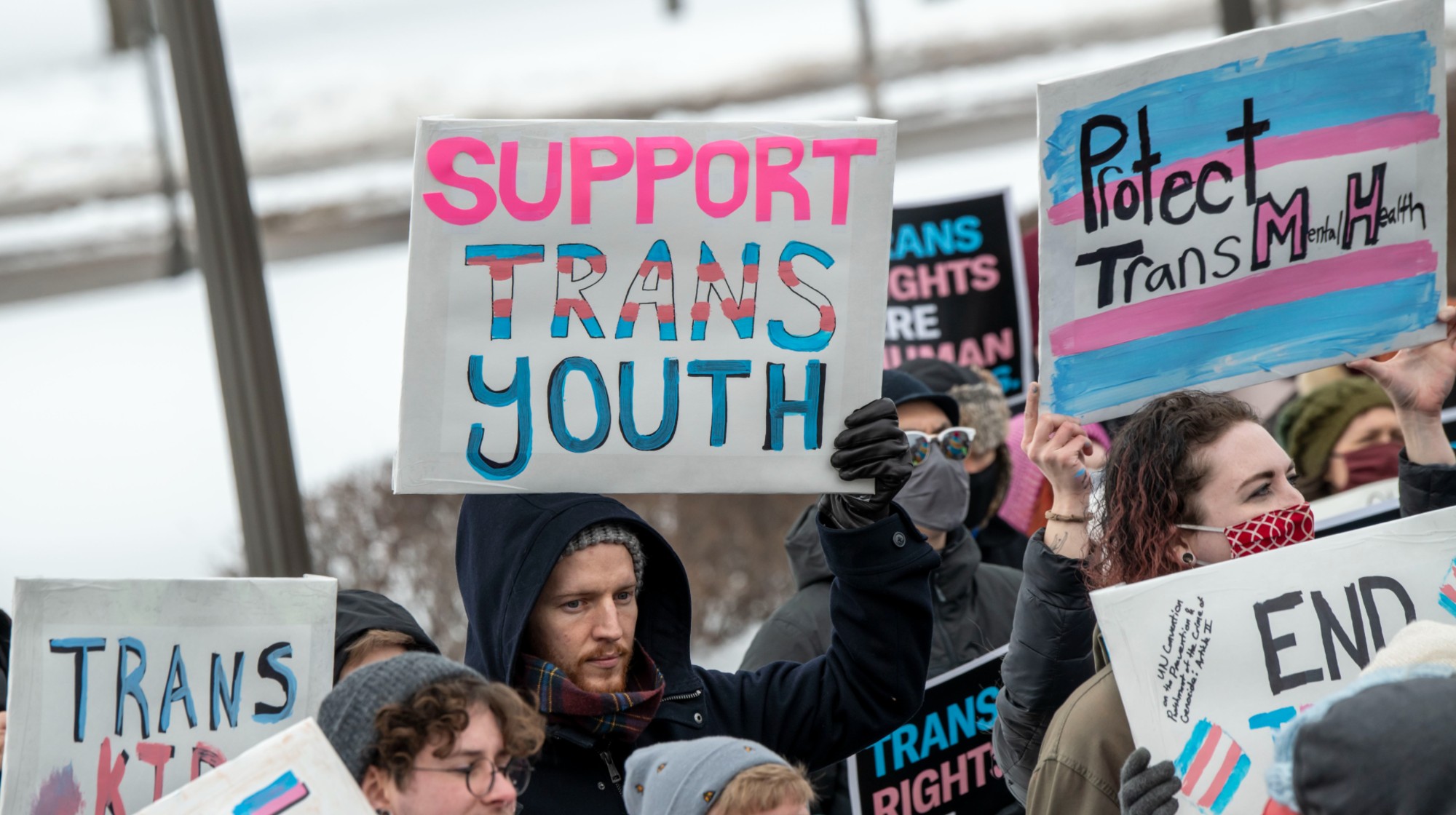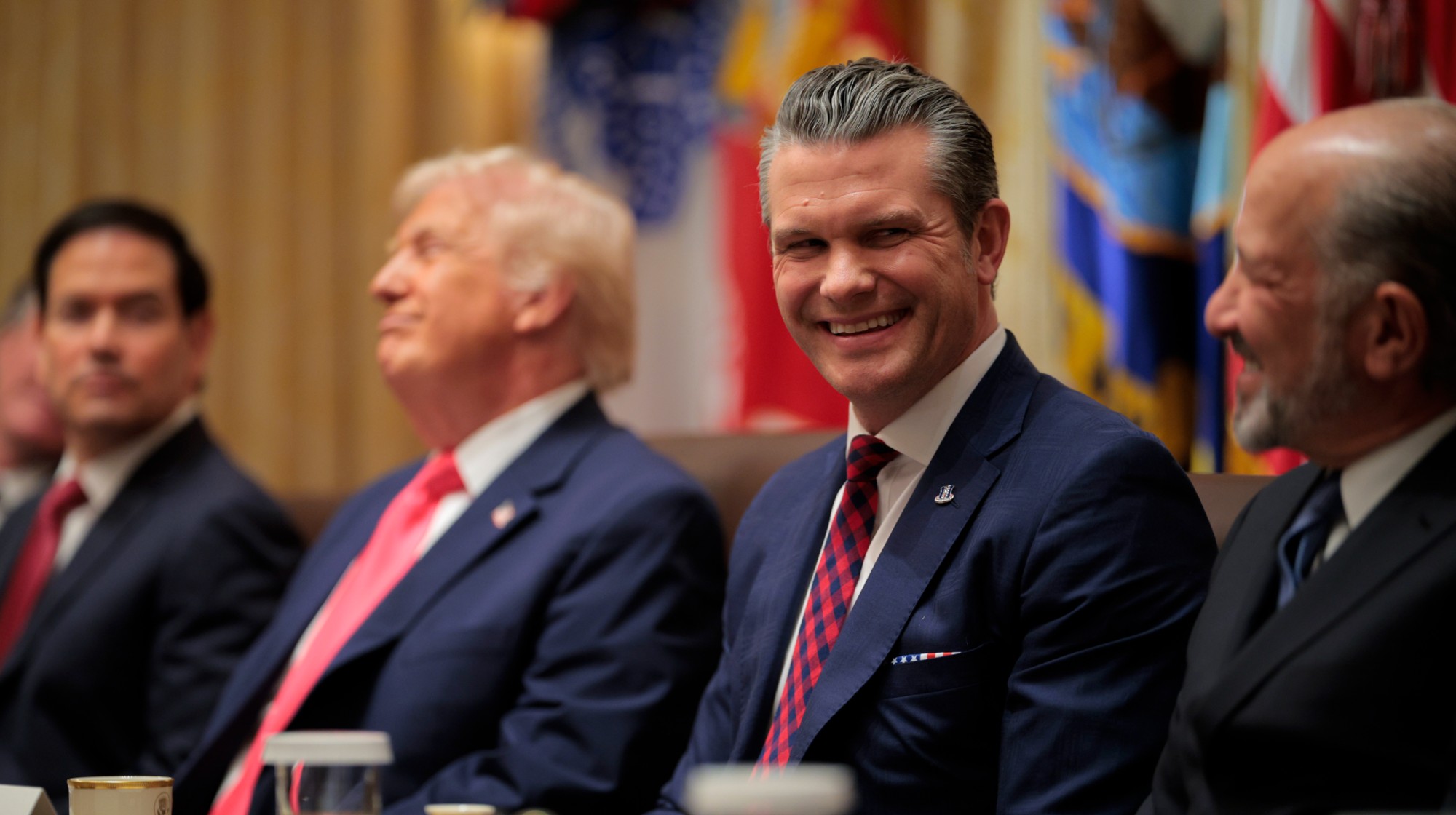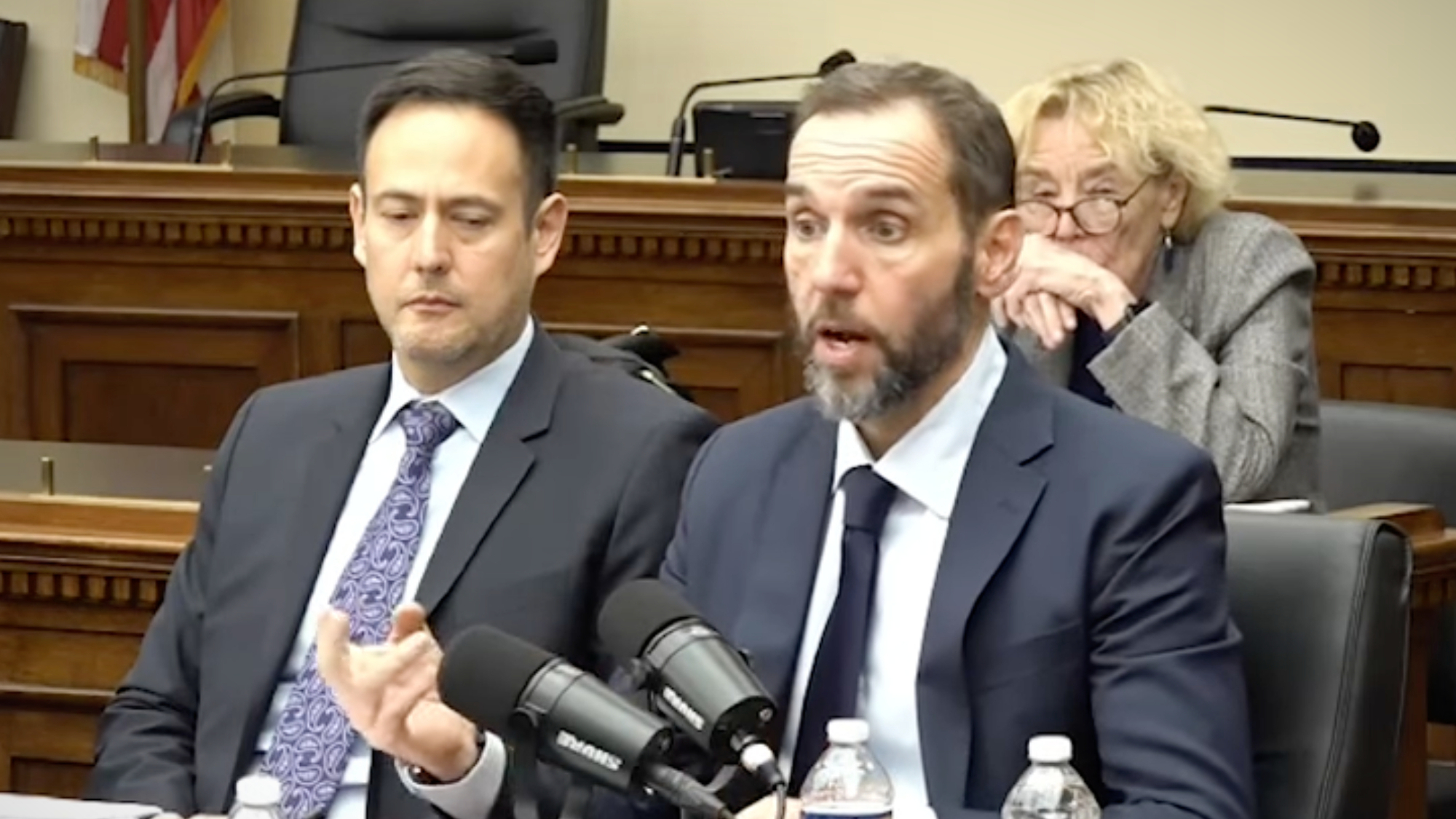Coronavirus is spiking disproportionately in counties that voted for Trump in 2016


The 2016 election may help map the next coronavirus hotspots.
While COVID-19 is finally beginning to wane in some of the U.S. cities it hit hardest and earliest, coronavirus spread is still far from its peak in most small cities and rural areas across the country. And over the past four weeks, it's been more likely that counties will show a high prevalence of coronavirus next if they voted for President Trump in 2016, an analysis by the Brookings Institution reveals.
A high prevalence of coronavirus means a county saw coronavirus case rates of 100 or more per 100,000 people. Hundreds of counties have gained high-prevalence status over the past few weeks, and 176 new counties joined that list from May 10 to May 17 alone. Those 176 counties voted for Trump by a 12 percent margin in 2016 — Trump outright won 151 of them — and are also less urban and less racially diverse than areas where coronavirus spread in March and April, Brookings notes.
The Week
Escape your echo chamber. Get the facts behind the news, plus analysis from multiple perspectives.

Sign up for The Week's Free Newsletters
From our morning news briefing to a weekly Good News Newsletter, get the best of The Week delivered directly to your inbox.
From our morning news briefing to a weekly Good News Newsletter, get the best of The Week delivered directly to your inbox.
COVID-19 obviously doesn't discriminate based on politics, so there is no definitive reason why these counties are seeing coronavirus spikes now. It's likely just because rural counties are more spread out than urban areas and have seen slower coronavirus spread, and also coincidentally went for Trump in 2016. But Trump has also been eager to reopen businesses, especially in less populous areas that didn't see as many coronavirus cases. And if his supporters were more likely to follow his lead and get back to normal, that could be aiding the spread as well. Find the whole study at the Brookings Institution.
A free daily email with the biggest news stories of the day – and the best features from TheWeek.com
Kathryn is a graduate of Syracuse University, with degrees in magazine journalism and information technology, along with hours to earn another degree after working at SU's independent paper The Daily Orange. She's currently recovering from a horse addiction while living in New York City, and likes to share her extremely dry sense of humor on Twitter.
-
 Bari Weiss’ ‘60 Minutes’ scandal is about more than one report
Bari Weiss’ ‘60 Minutes’ scandal is about more than one reportIN THE SPOTLIGHT By blocking an approved segment on a controversial prison holding US deportees in El Salvador, the editor-in-chief of CBS News has become the main story
-
 CBS pulls ‘60 Minutes’ report on Trump deportees
CBS pulls ‘60 Minutes’ report on Trump deporteesSpeed Read An investigation into the deportations of Venezuelan migrants to El Salvador’s notorious prison was scrapped
-
 Trump administration posts sliver of Epstein files
Trump administration posts sliver of Epstein filesSpeed Read Many of the Justice Department documents were heavily redacted, though new photos of both Donald Trump and Bill Clinton emerged
-
 Trump HHS moves to end care for trans youth
Trump HHS moves to end care for trans youthSpeed Read The administration is making sweeping proposals that would eliminate gender-affirming care for Americans under age 18
-
 Jack Smith tells House of ‘proof’ of Trump’s crimes
Jack Smith tells House of ‘proof’ of Trump’s crimesSpeed Read President Donald Trump ‘engaged in a criminal scheme to overturn the results of the 2020 presidential election,’ hoarded classified documents and ‘repeatedly tried to obstruct justice’
-
 House GOP revolt forces vote on ACA subsidies
House GOP revolt forces vote on ACA subsidiesSpeed Read The new health care bill would lower some costs but not extend expiring Affordable Care Act subsidies
-
 Hegseth rejects release of full boat strike footage
Hegseth rejects release of full boat strike footageSpeed Read There are calls to release video of the military killing two survivors of a Sept. 2 missile strike on an alleged drug trafficking boat
-
 Trump vows naval blockade of most Venezuelan oil
Trump vows naval blockade of most Venezuelan oilSpeed Read The announcement further escalates pressure on President Nicolás Maduro



